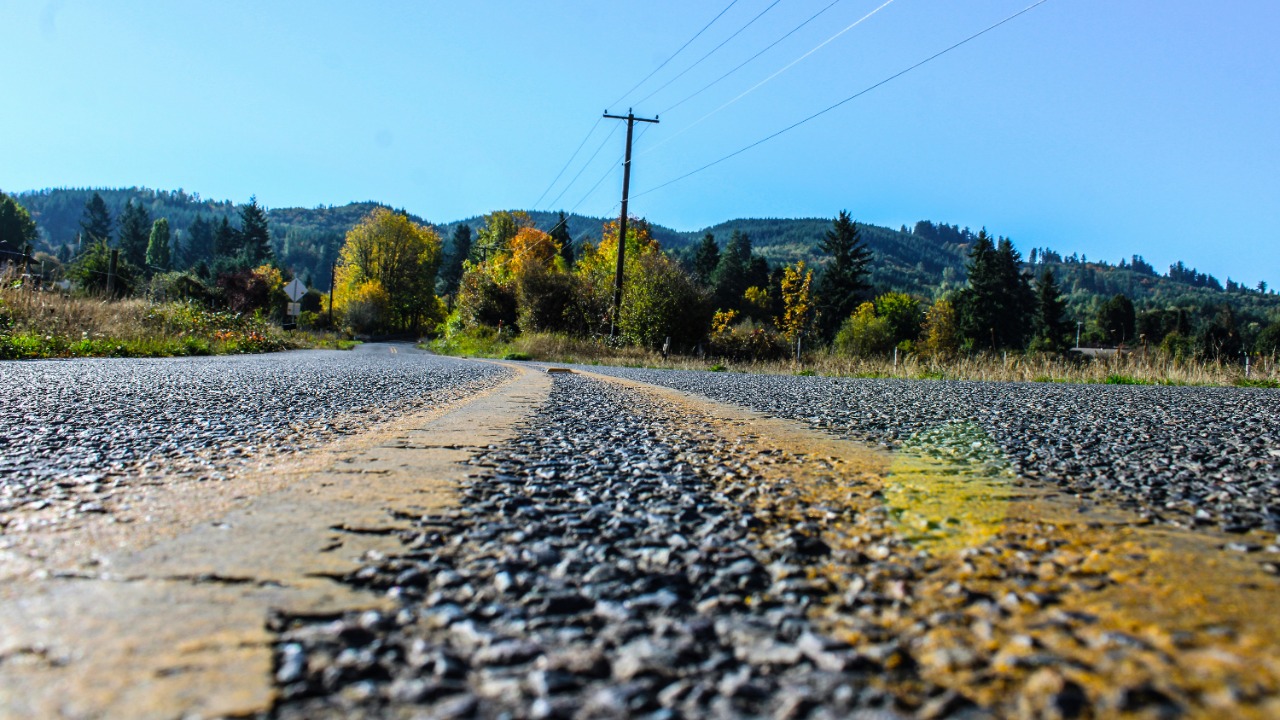
Imagine a world where potholes are a thing of the past, where roads are not just durable but also self-healing. This could soon be a reality thanks to two groundbreaking technologies: graphene-infused asphalt and self-healing asphalt that uses plant spores. These innovations promise to revolutionize infrastructure maintenance, eliminating the need for labor-intensive repairs and making our roads safer and more efficient.
The Persistent Challenge of Potholes
Potholes are more than just a nuisance; they represent a significant economic burden. Every year, millions are spent on vehicle repairs and road maintenance due to pothole damage. The culprits behind these road blemishes are often water infiltration and freeze-thaw cycles, which degrade asphalt over time. Urban areas, with their high traffic volumes and complex road networks, are particularly susceptible to pothole-related disruptions, causing delays and safety concerns for motorists and pedestrians alike.
Graphene-Infused Asphalt: A Game-Changer
The integration of graphene into asphalt mixtures could be a game-changer in the fight against potholes. This new asphalt boasts superior strength and crack resistance, potentially making potholes extinct. Lab tests have shown that graphene-infused asphalt has an enhanced load-bearing capacity and is less prone to deformation under traffic stress. Initial field trials are underway in various locations to monitor the performance of this innovative road surface.
How Graphene Enhances Road Longevity
Graphene’s unique properties, including its conductivity and elasticity, allow asphalt to self-adjust to environmental stresses, minimizing the formation of cracks. This technology could lead to significant savings in long-term maintenance costs compared to conventional asphalt. Recent studies have shown promising performance metrics, with graphene-enhanced asphalt demonstrating superior durability and resilience.
Self-Healing Asphalt with Plant Spores
Another exciting development in asphalt technology is the use of plant spores for autonomous repair. This self-healing asphalt can repair damage in just one hour, preventing potholes before they become a problem. The process involves embedding plant spores into the asphalt. When cracks appear, the spores respond by expanding and filling the voids upon exposure to moisture or air. This technology emerged in 2025, offering a timely solution to the growing demands on our infrastructure.
Mechanisms Behind Self-Healing Repairs
The plant spores in self-healing asphalt play a crucial biological role in sealing micro-damage. Repairs occur within one hour without the need for external intervention. Environmental triggers, such as temperature fluctuations, initiate the healing process. Prototype demonstrations have shown that the technology is durable post-repair, withstanding repeated stress cycles.
Comparative Advantages of These Technologies
Both graphene asphalt and self-healing asphalt offer unique advantages. The former provides preventive strength, reducing the likelihood of cracks and potholes. The latter offers reactive fixes, repairing damage quickly to prevent further deterioration. There is potential for these technologies to be combined for optimal road performance in varying climates. Experts believe that the adoption of these technologies could significantly reduce downtime for highways and city streets.
Implementation and Future Prospects
Rollout strategies for these technologies include pilot programs in high-traffic areas starting from 2025. However, challenges such as scalability and regulatory approvals must be addressed for widespread use. The long-term impacts on global infrastructure could be significant, with potential reductions in pothole-related costs over the next decade. As we move forward, the prospect of pothole-free roads is becoming increasingly tangible, promising safer and more efficient journeys for all.
More from MorningOverview